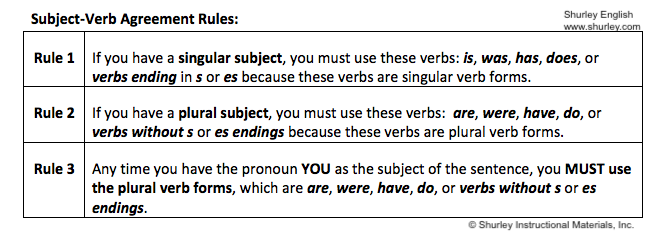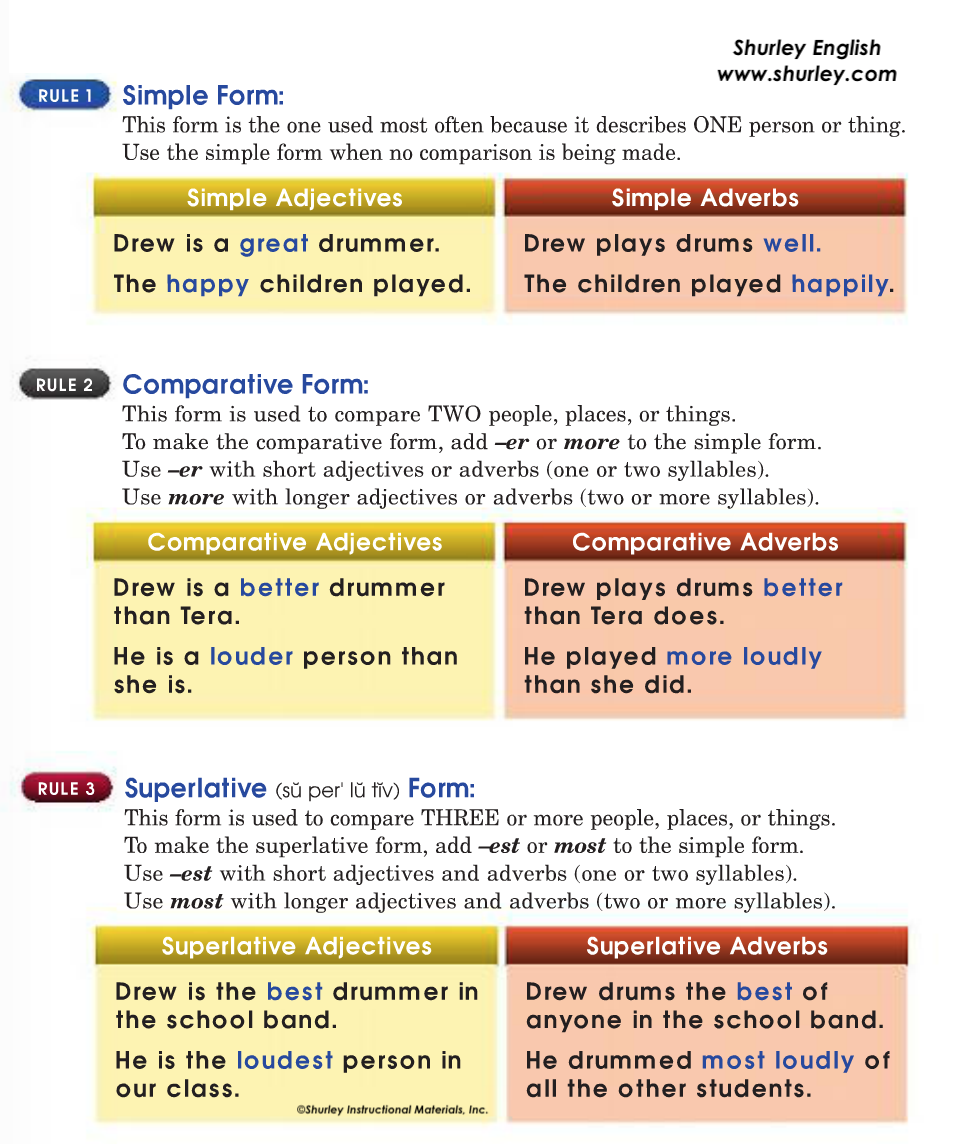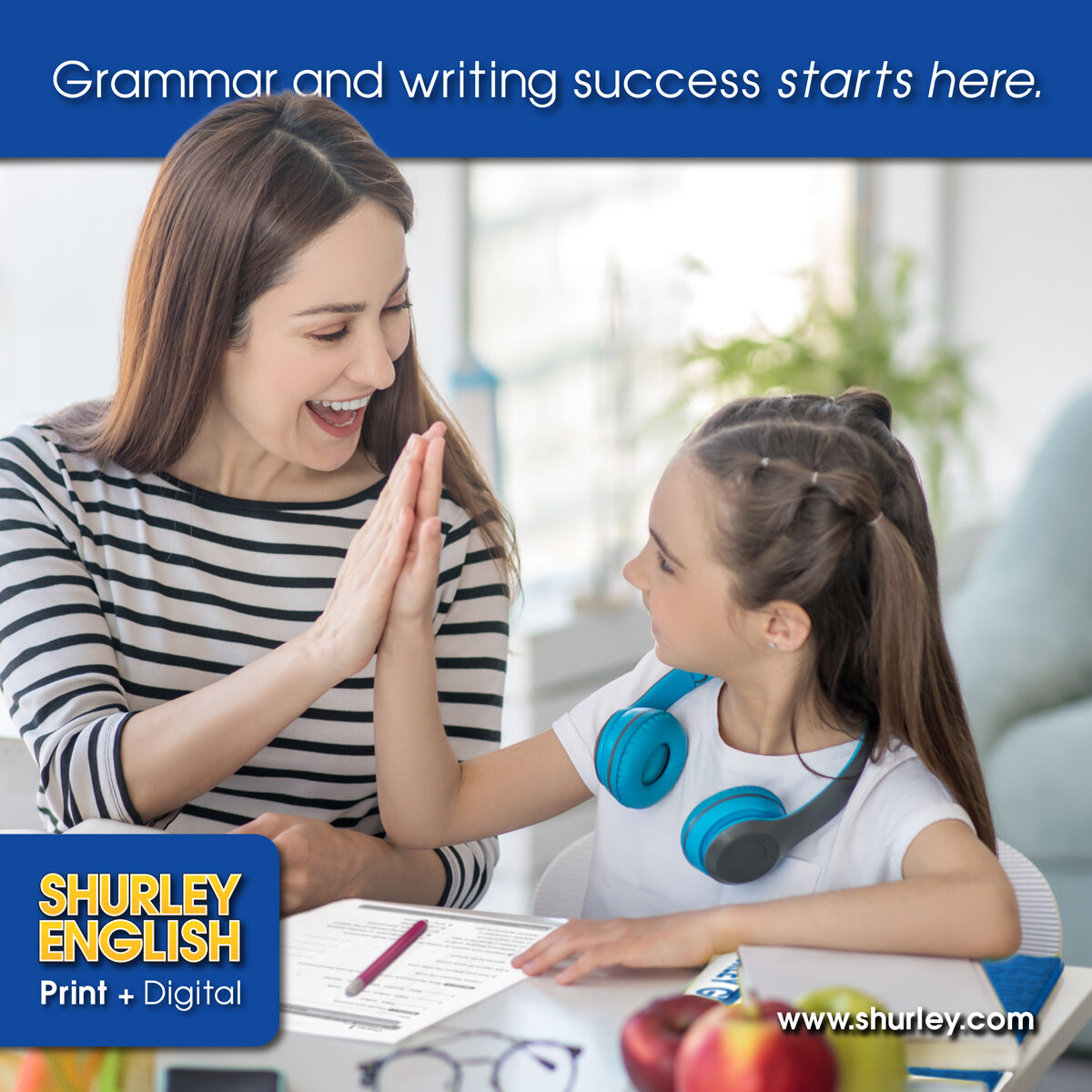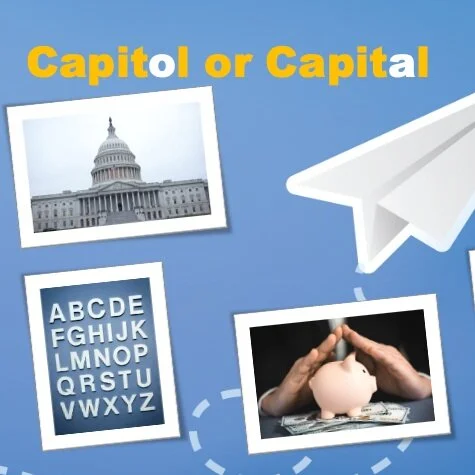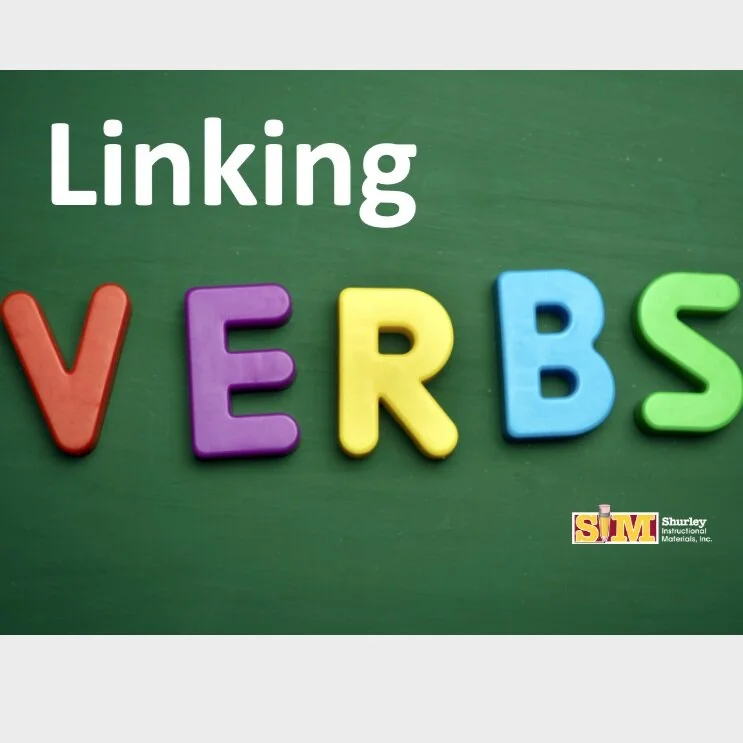Teaching Correct Subject-Verb Agreement
/Subject-verb agreement refers to the special way in which a subject and verb work together to make a sentence correct. Basically, the two must agree in number. For example, if the subject is singular, the verb must be singular. If the subject is plural, the verb must be plural.
Without correct subject-verb agreement, a reader or listener can become easily confused; therefore, students must be taught to apply three basic rules when speaking and writing. Here’s what they need to know.
Teaching students the rules of subject-verb agreement can be less daunting if you use these easy-to-follow steps in order:
Step 1: Identify the subject of the sentence and underline it with one line.
Step 2: Identify the subject as singular or plural because the answer will help identify the correct subject-verb agreement rule.
Step 3: Check the rule that applies to the subject located in the sentence.
Step 4: Write the rule number in the box provided.
Step 5: Following the rule, identify the correct verb choice with competence and confidence.
The three basic rules of subject-verb agreement are important skills to understand and apply, but students must learn that there are some additional rules. They are known as the rules for subject-verb agreement in special cases, including:
Agreement Rules for Collective Nouns
Agreement Rules for Nouns Singular in Meaning but Plural in Form and Nouns Ending in –ics
Agreement Rules for Titles or Names of Countries
Agreement Rules for Words of Amount or Time
Agreement Rules for Compound Subjects
Agreement Rules for Subjects Following the Verb
Agreement Rules for Special Cases
I invite you to check out the Shurley English curriculum to learn about these rules because errors in subject-verb agreement are fairly common in the English language, and they are sometimes difficult to correct. Knowing the rules and how to apply them will assist students in their quest to communicate more effectively!



